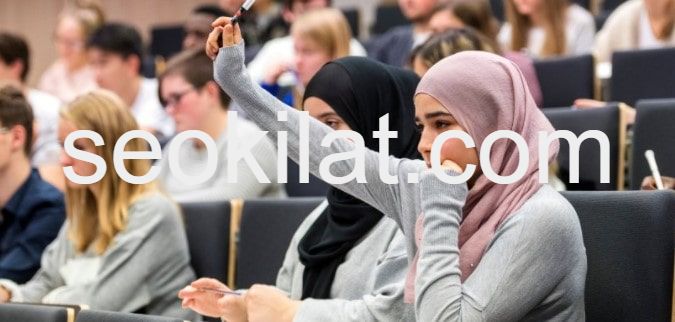If you’re considering attending college in Atlanta, Georgia, you should definitely check out the Georgia Institute of Technology. Also known as Tech in the state of GA, this public research university offers a variety of courses in engineering, computer science, and more. The school offers programs in mechanical engineering, aerospace engineering, electrical engineering, biomedical engineering, and more. The campus is located in the city’s Tech Park, just outside of Downtown.
Students interested in a career in engineering and science can take advantage of the school’s five-year co-op program, which combines classroom studies with industry experience. The program was established in 1966 and is the fourth oldest in the world. The co-op program consists of two parts – one in which students do industrial work and one in which they learn about the university’s classrooms. The program has been so successful that, as of 2002, 2,957 students took part in the undergraduate co-op program and another four hundred and fifteen students participated in the graduate co-op program. The graduate co-op program is the largest in the country for science and engineering.
The Georgia Institute of Technology has been educating leaders for more than 125 years, and its academic reputation continues to grow. The college has a rich history and a strong reputation for innovative ideas. The school’s programs are spread across several colleges, including the College of Architecture, the College of Computing, the Dupree Business School, and the College of Engineering. The university has a reputation for engineering, but has also earned a reputation for its programs in many non-engineering fields.
While the new campus building and new building have both improved the school’s facilities, there’s still a lot to be said for the old campus. For example, the Life Sciences and Technology Complex opened its doors in 1908, making the campus much larger than it was before. The new buildings are surrounded by the historic Coon Building, and they are still being used for teaching and research. These structures are a great testament to the rich history of Georgia Tech.
The Georgia Institute of Technology has a history of fostering innovation. This university has developed numerous inventions that have revolutionized the world. Its library houses scholarly and scientific materials. It also has access to more than 3.9 million volumes, 2.7 million technical reports, and 1.3 millions government documents. The information center contains full-text articles and other publications, including patents and trade journals. Whether you’re looking for a job in the technology field, the Georgia Tech Library is the place to be.
The Georgia Institute of Technology has several buildings, including its main campus and the South Campus. The Central Campus houses the majority of academic and research buildings at the school. There are several colleges on campus, as well as a number of international locations. The Swann Building, a 100-year-old former dormitory, is a historic building now housing the School of Modern Languages. The modern language department has some of the most advanced classrooms on the campus.
The Georgia Institute of Technology is also home to several offices that support the university. The Office of Economic Development and Technology Ventures (EDTV) helps entrepreneurs create new companies by promoting the state’s technological innovations. The EDTV works with the state economic development team to help attract businesses to Georgia. The Office of the Georgia Tech Library and Information Center provides full-text articles for all of the university’s research publications. There are many ways to utilize the information provided by the library at the Georgia Institute of Technologies.
The Georgia Institute of Technology has a close relationship with industry. The campus was founded in 1885 and began offering instruction in the year 1888. In 1919, the state legislature established the Georgia Tech Research Institute, which became active in 1934. The institute’s first female students were admitted in 1952. In 1991, the French government opened the campus of the institute in Metz. Among its notable alumni are astronauts John Young and Richard Truly, who were formerly based in Europe.
The Georgia Institute of Technology has satellite campuses in Savannah, Paris, and Singapore. The university’s yearbooks are the main sources of news about the school’s students. The North Avenue Review was published in 2007, and Erato appeared in November. The T-Book was published in October 2010. Various publications are published at Georgia Tech. The Blueprint Yearbook is the official publication of the university. There are also several other editions of the T-Book.



